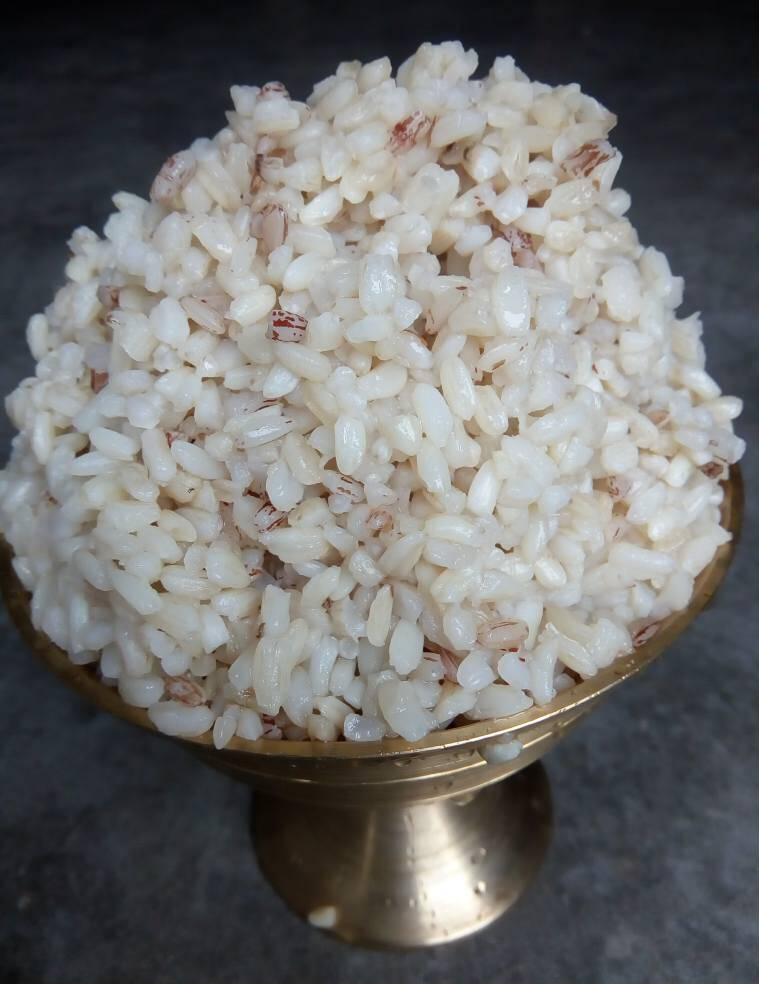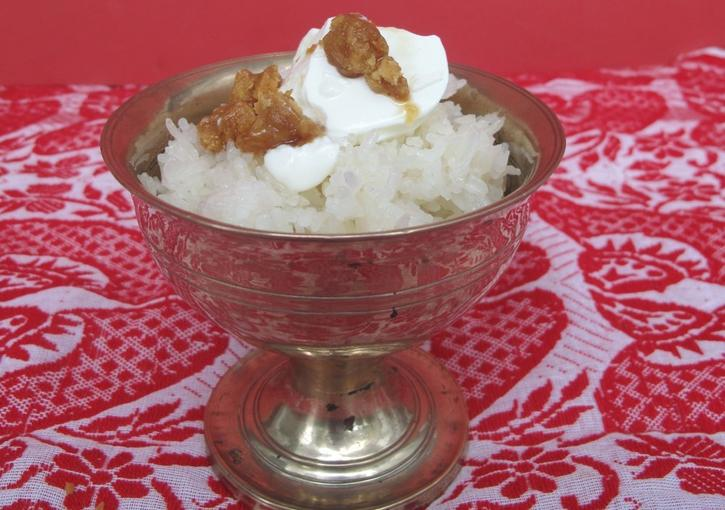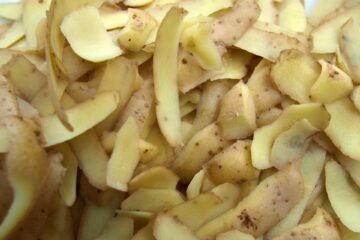Boka Saul rice and other interesting foods from North-east are very close to my heart. Why is this? Well, a long time back, I was doing my internship at DRDO in Assam, working on a skin fungus which grew agonizingly slow in the culture I had created for it. As I waited days for it to grow to an amount large enough for me to extract its DNA from, I took time to talk to the senior scientists there.
All of them were elder to me and treated me like the baby of the lab. So, during those slow afternoons in the ultra-quiet lab, they would acquiesce to narrate to me the stories of Assam’s well-keep secrets bestowed upon it by nature.
Among Assam’s secrets is the amazing rice called Boka Saul. Boka in Assamese means mud (and the softness of it), and saul means rice. Boka saul is a type of rice that does not need cooking. Yup, you heard it right, no more water spilling out of your bhagona to make rice anymore! All it needs is soaking in water of room temperature for 15-30 minutes. Sounds magical? It is! Hence, it is also known as the Magic Rice as well.
What? How is that possible, you ask? Well, let’s see.

The Science Behind Boka Saul Rice
Boka Saul is a variety of rice processed from a special type of winter rice called Boka dhan or rice. This rice is a type of sticky rice grown in lower Assam districts like Nalbari, Barpeta, Baksa, undivided Kamrup, Goalpara, Dhubri, Kokrajhar, Darrang, etc.
Every rice has two starch components, amylose, and amylopectin. Amylose contributes to the hardness of the rice, while amylopectin gives stickiness to the rice. Boka saul is glutinous rice, a type of rice which in general has low (13.3%) amylose content and higher (57.2%) amylopectin content. Thus, this rice variety is soft and sticky.
Our Boka Saul is made by processing this Boka dhan in a process similar to parboiling. The parboiling process is done after the husk is removed, and the rice grain is a brown rice grain. Parboiling gelatinizes the starch in the grains making it less brittle and changing the color of the grain to yellow. This rice is healthier as compared to processed milled white rice because the parboiling causes nutrients, especially thiamine, from the outer husk to move into the endosperm. Hence, the grain retains much more nutrients when the husk is polished off during milling. Parboiling of rice also ensures it does not stick to the pan during cooking, as happens at times with white rice.
The Boka saul is harvested and stored in traditional paddy straw and bamboo tools called Topa, earthen jars, jute sacks, or bamboo baskets called Duli.
It is then dehusked and soaked overnight. The next morning, it is boiled in iron karahis for 35-80 min over a wood fire in a process similar to parboiling. The excess water is then drained off and the rice is spread out to sun-dry for 6-8 days. In order to maintain the quality of the rice, this process has to be done over a maximum of 24 hours. Exceeding this time period would lead to grain rotting and making it unfit for milling. The sun-dried paddy is then tempered in the shade for moisture equalization.
This processing gives rise to the yellowish grains of the Boka Saul which has a shelf life of 3-5 months. It also lowers its amylose content to 8-12%, making it softer.
Due to its specific climatic conditions and traditional processing, this rice has gained a Geographical Indication tag in 2018.
How is Boka Saul used?
The resultant Boka saul rice grain is light and fluffy. To prepare it for eating, this zero-cooking rice can be soaked in warm water for 10-15 minutes, room temperature water for 30 minutes, and cold water for 4-5 hours. Rice soaked in cold water swells to twice its regular size, while rice soaked in warm water can soak up to three times its size!
The Boka Saul rice grain doesn’t have a distinctive taste and thus yields itself to a variety of dishes. It is most commonly soaked overnight in cold water and then mixed with cream or curd and sweetened with jaggery and fruits to make a scrumptious Assamese breakfast called jolpaan.

Health Benefits and Future Potential
As per the research done at Guwahati University, the rice has 10.73 % fiber content and 6.8 % protein. It is also light and cools the stomach. Hence, Boka Saul is especially eaten by farmers of South Assam during the summer months. The zero-cooking quality of the rice only adds to the convenience of the meal. Its high nutrition and energy content also lends it to be particularly favored by pregnant women in Assam.
Presently Boka saul is being provided to the defense forces as a convenient source of replenishment at inaccessible areas of posting as well as in times of war. This is perhaps a fitting future for the rice, as in the past, in the 17th Century, it served as the fuel for the Ahom soldiers fighting the Mughal army.
Similarly, it can also be used as a food source and relief provision during disaster management due to natural calamities.
Boka Saul rice is also being seen as an environment-friendly food product due to its zero fuel requirement.
References
- Boka Rice, IP Journal 104, IP India
- The Rice That Needs No Cooking- Magic Rice Variety from Assam Gets GI Tag, Indian Express



A great post, thanks for taking the time to share, continued success to your site in the future!
Thank you. Glad you liked it and found it to be of some value. 🙂
Interesting product with lot of market potential
That’s very true!